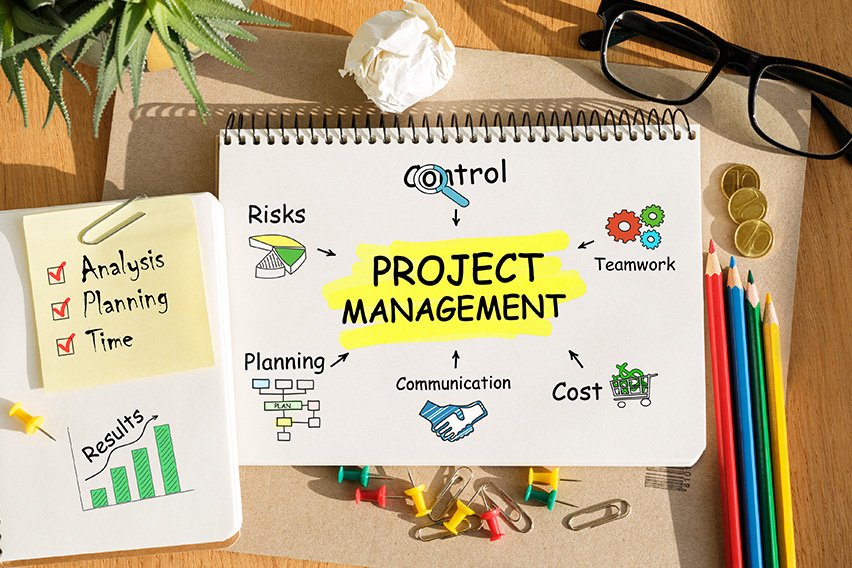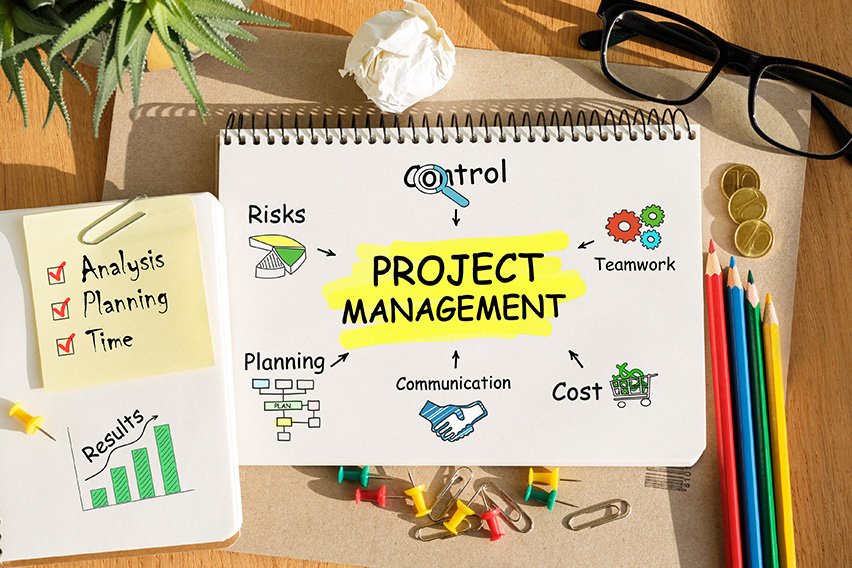5 Effective Time Management Activities to Help Boost Employee Productivity

To demonstrate the importance of time management to employees and help them improve their productivity, employers can introduce time management activities in the workplace. Effective time management activities can help teach employees to stay motivated, avoid distractions and achieve a better work-life balance. These exercises can serve as useful tools for employees that can help them develop techniques and strategies to better manage their time at work and in their personal lives.
For more time management strategies for employees, check out this article featuring time management tips.
These topics walk you through some easy and effective time management activities:
What Are the Best Time Management Activities for Employees?
What Are the Best Time Management Activities for Employees?
The best time management activities for employees allow your team to get hands-on experience to improve their time management skills and they have real applications in the workplace. Here are the top five time management activities for employees to help improve productivity:
$86,400
Overview:
Your team must decide how to spend $86,400 on experiences only, not material goods. They have to spend the money in one day and any money that’s left over is wasted, it can’t be banked and used another day.
Steps:
- Explain the rules outlined above to your team
- Get them to write down every experience they’d spend their $86,400 on
- When all the lists are done, have each team member explain the reasoning for their purchases
- Next, explain the significance of the exercise to your employees: we all have 86,400 seconds to spend as we choose each day. You can’t save it, but you can spend your time wisely to improve your skills, health, relationships and happiness.
Time Management Lessons:
This time management exercise shows employees the true value of their time and that they have the choice to spend their time on improving their lives or wasting them.

Blind Shapes
Overview:
In this time management challenge, your employees will need to work together to form a shape using a rope while everyone is blindfolded.
Steps:
- If your team is large, divide it into smaller teams made up of 9-15 members
- Instruct team members to form a circle and put on their blindfolds
- Place a long rope in the center of the circle
- Give your employees the task of forming a specific shape with the rope while blindfolded, like a pentagon or an “S” shape
- Everyone must keep contact with the rope at all times and it can’t be knotted
- When the team thinks they’ve achieved the shape, have them carefully place it on the floor and remove their blindfolds to see how they did
Time Management Lessons:
This exercise will show the different leadership styles and problem-solving approaches of your employees. It shows employees how one hurdle can throw off their time-management skills and lead to disorganization. Discuss with employees how they could have improved the process to improve their efficiency.
How Long Is a Minute
Overview:
This time management activity asks your employees to judge the passage of time while their eyes are closed by sitting down when they think one minute has passed. It shows how differently we all perceive time.
Steps:
- Cover all the clocks in the room and have employees put away their phones or watches
- Ask everyone to stand up and close their eyes
- Instruct everyone to sit back down quietly and then open their eyes when they think a minutes has gone by
- You’ll notice that everyone sits down at a different time
Time Management Lessons:
This time management activity shows that we all experience time differently and that we can all use our time differently. You can use the exercise to start a conversation among your employees about how some work tasks can seem to take forever to complete while others seem to make time fly by, and how that relates to our passion, motivation and productivity at work.
The Big Picture Challenge
Overview: In this challenge, team member are given a puzzle to solve together, but they don’t have the big picture of the finished puzzle for reference.
Steps:
- Divide your group into a few small teams
- Give each team the pieces to puzzles that are of similar difficulty
- Don’t provide the “Big Picture” image of what the completed puzzle looks like
- Encourage the teams to finish the puzzle as quickly as possible
- After a few minutes, ask the teams why the process is so difficult and what they’d need to solve it more quickly
- In all likelihood, your employees will identify that the reference picture for the puzzles would help them solve it quicker
- At that point, give the teams the big picture image of the finished puzzle so they can quickly complete the task
Time Management Lessons:
This time management activity gives participants perspective on how important it is to have a big picture view of their goals in order to prioritize tasks on a daily and weekly basis, so no hours are wasted. With no big picture guiding your work, you can become bogged down in urgent tasks that might not push you closer to achieving your goals.

Ace of Spades
Overview:
In this time management exercise, two players race each other to find the Ace of Spades in two decks of cards. It turns out one person’s deck is randomized, with the cards in no clear order. The other deck is organized sequentially by number and by suit.
Steps:
- Ask for two members of your team to volunteer for the activity and bring them to the front of the room
- Give them each a deck of cards; one deck must be properly ordered and the other should be completely mixed up, but don’t tell them the difference between the two
- Have the two volunteers race to find the Ace of Spades in the deck
- It’s likely that the person with the organized deck will realize it right away and quickly find the Ace of Spades, whereas the person with the randomized deck will struggle to find the right card
Time Management Lessons:
This time management activity demonstrates to your employees that proper planning and organization can make everyday tasks easier. People who plan properly can be more efficient and productive in all aspects of life.
RELATED ARTICLES

 How to Prioritize Work Effectively and Focus on Your Goals
How to Prioritize Work Effectively and Focus on Your Goals Tips for Improving Bad Time Management to Boost Productivity and Reduce Stress
Tips for Improving Bad Time Management to Boost Productivity and Reduce Stress The Importance of Time Management: Tips for Productivity
The Importance of Time Management: Tips for Productivity How to Project Manage?
How to Project Manage? What Are the Project Management Processes?
What Are the Project Management Processes? Why Is Project Management Important? Because It Provides a Detailed Plan
Why Is Project Management Important? Because It Provides a Detailed Plan